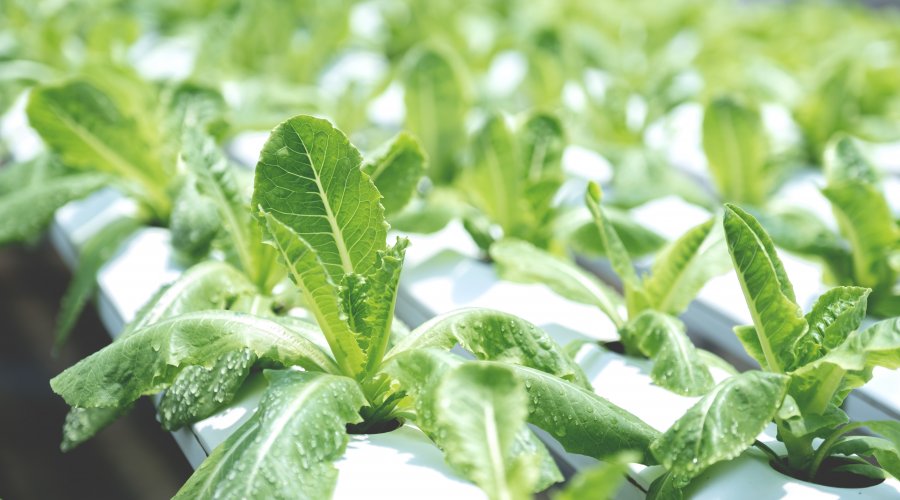Most Widely Used Hydroponic Growing Medium
- Saturday, 16th Apr, 2022
- Admin

Hydroponic grow media comes in a variety of forms. Rockwool, coco coir, and clay pebbles are some of the most popular and commonly used growing mediums. However, other grow media like perlite, vermiculite, rocks, lava rocks, oasis cubes, and parboiled rice husks are also used.
Each hydroponic grow media comes with its own set of advantages and disadvantages. And while there’s no perfect, one size fits all grow medium, you can choose the right medium if you know what to look for.
Here’s a quick article about the different types of hydroponic grow media are
Coco coir, or coconut fiber, is one of the most popular types of growing media. It’s eco friendly, and made from coconut husks. Coco coir comes in two forms: chips and fiber. No matter what form you choose, coco coir is antifungal, pH neutral, and slow to break down. It also allows plenty of aeration and retains nutrient solution very well.
A popular hydroponic growing medium, Clay pebbles are basically little balls of clay processed at incredibly high temperatures. They’re very porous, and reusable. The specific, spherical shape of the pebbles allows roots to have balanced oxygen levels. Expanded clay aggregate is lightweight, although heavy enough to keep plants supported and in place.
A benefit of clay pebbles is that they’re pH neutral and won’t release other minerals that create a nutrient imbalance. This medium is ideal for systems that don’t need to hold water long. Clay pebbles drain quickly.
Rockwool is a popular hydroponic growing medium, especially for starting seeds. It retains moisture very well due to its porous nature. It’s also sterile, which is ideal for hydroponic systems.
However, rockwool does need to be rinsed and soaked before use. Rockwool is manufactured to have the optimal structure for airflow and water retention, and squeezing it disrupts that. If you keep it clean and take care of it, rockwool lasts pretty much forever since it doesn’t degrade.
Perlite and vermiculite are separate types of grow media. Both perlite and vermiculite are created by heating and processing minerals at extreme temperatures. Both perlite and vermiculite hold moisture and oxygen very well, although they can hold too much moisture for some root systems. Of the two, vermiculite holds nutrients better, but perlite is used more often.
Ideally, both should be rinsed before use. Vermiculite and perlite are so lightweight that they can clog hydroponic systems when used on their own. To prevent this, and give plants a balanced base, make sure you mix them with another growing medium, like clay pebbles or coconut fiber. Too much water retention can harm root systems, so unless you have a drip or wick type hydroponic system, mix it with something that drains faster.
Oasis cubes are kind of like the next evolution of rockwool. This is the growing medium most people will switch to if they’ve been using rockwool. Oasis cubes provide a balanced environment for growing root systems. They don’t need to be soaked before you use them. It gives a good balance of oxygen and nutrients. Oasis cubes are ideal for starting plants, whether they’re seeds or cuttings. It’s much easier to transplant young sprouts in an Oasis cube.
Rocks and gravel can be quite heavy. As a result, they’re not ideal for every system. However, when you have a large hydroponic system, and need a lot of medium, they do the trick. This cuts down on costs for large scale hydroponic growers, especially with an ebb and flow system in place.
Lava rocks are a fairly popular hydroponic growing medium, mainly because of the aeration and ideal drainage they provide. Most lava rocks are also pH neutral, which means they won’t affect the overall pH of your nutrient solution. They do provide plenty of trace minerals too. Lava rocks can contain copper, calcium, magnesium, aluminum, zinc, cadmium, and manganese. These rocks typically have sharp edges.